An ode to the worm: ‘The intestines of the earth‘, 6,000 species, 600 million years old and undeniably valuable
Lauded by Aristotle as the ‘intestines of the earth’, the 1.75 million worms found in each acre of fertile arable land deserve the utmost respect, says an admiring Ian Morton.
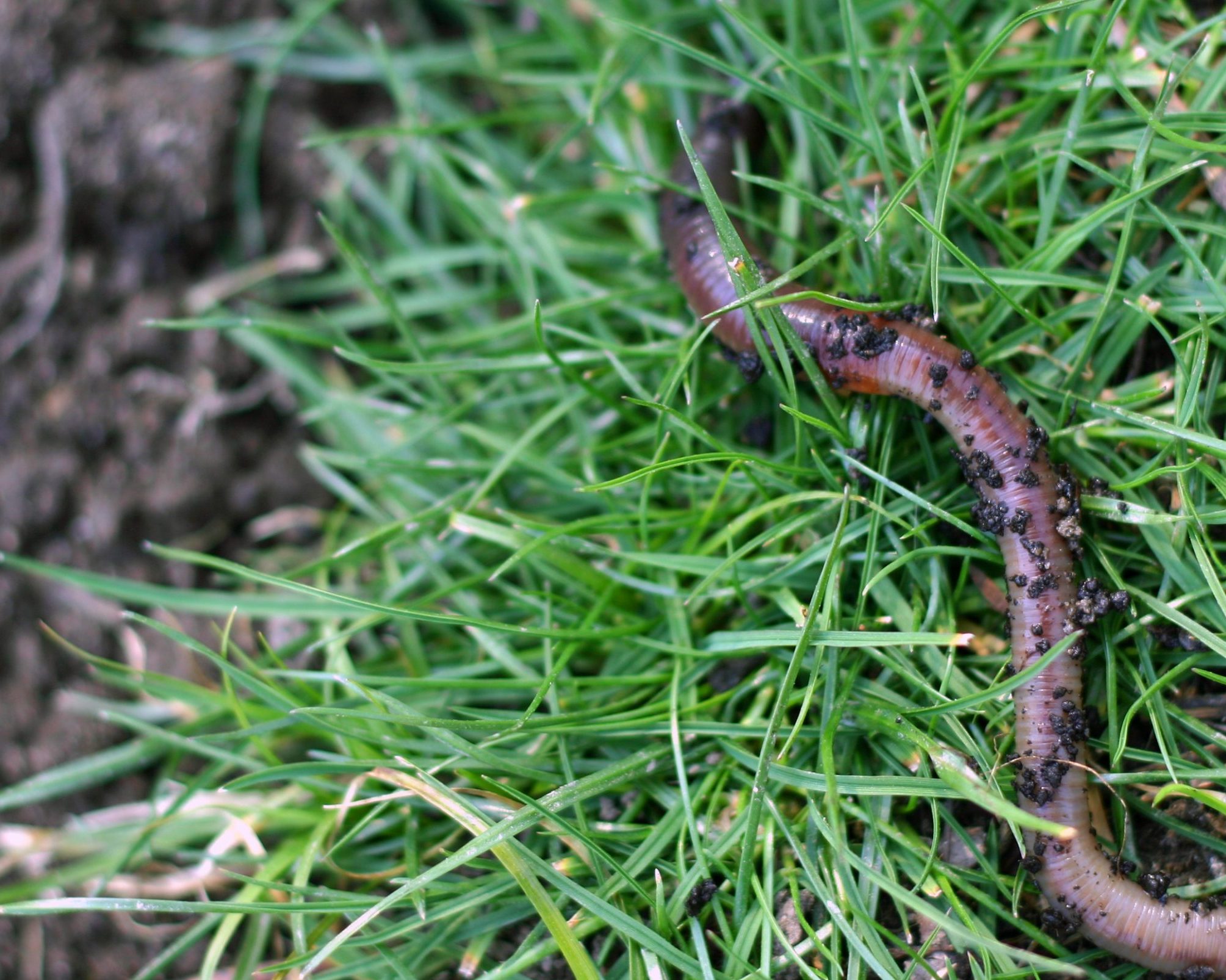

Archaeological evidence suggests that worms have been around for 600 million years, but Japanese religious lore offers a charming alternative. Certain of the Shinto gods decided to create the world’s creatures from living clay; formulating, in turn, animals, birds, fish and insects. At each stage their creations asked: ‘What shall we eat?’ When they created Man, he was told to eat everything.
Then, the gods noticed some small clay scraps that had been dropped and decided to create worms, which they instructed to live underground and eat soil – although they could come to the surface from time to time in search of anything they found edible.
What worms eat may have engaged a few good minds over the centuries, but none more positively than the questing intellect of Charles Darwin.
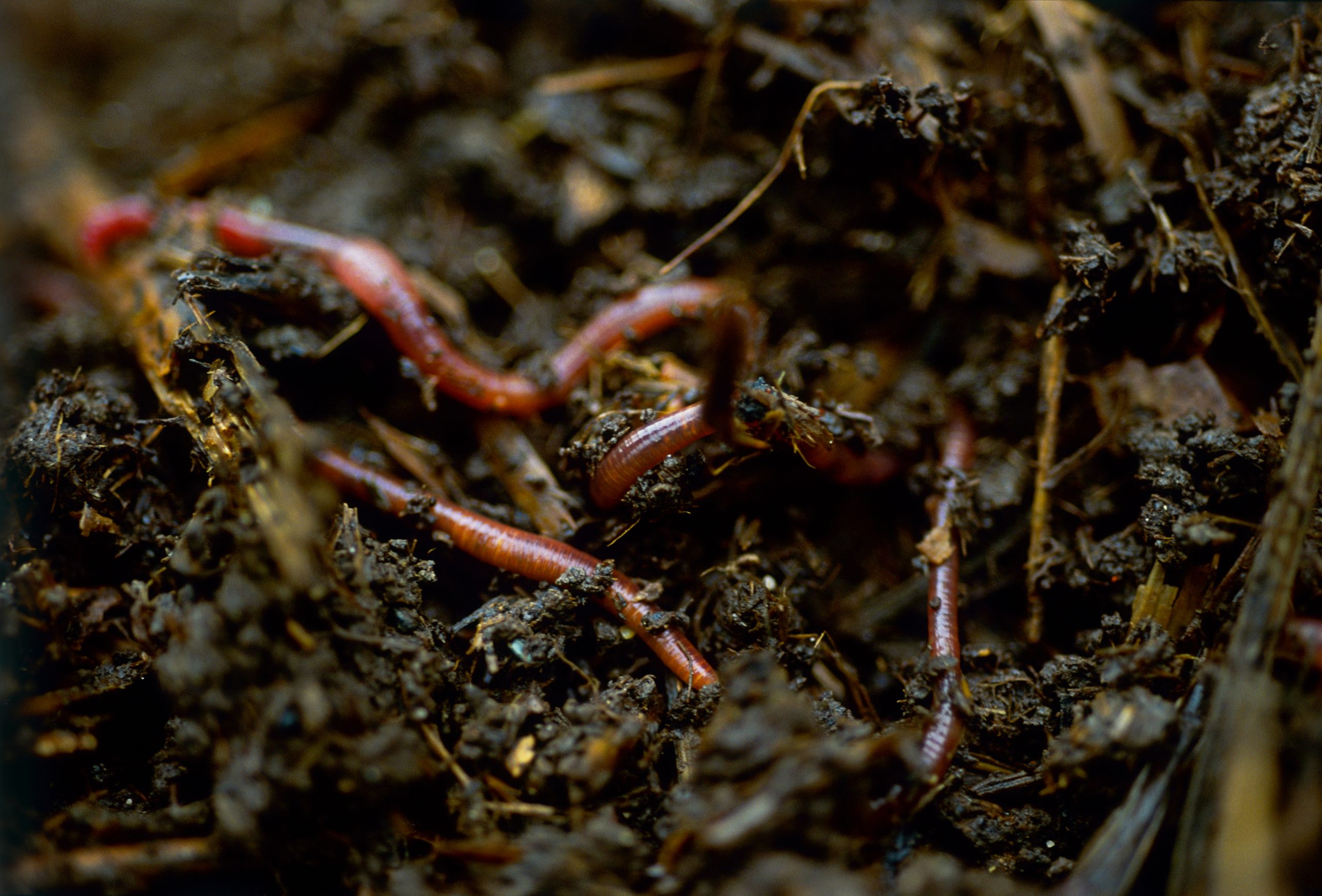
A life of observations, investigations, conclusions and pronouncements culminated in the fusty title The Formation of Vegetable Mould through the Action of Worms. This was his last work, published in 1881, six months before his death, and probably his least remembered. However, it reviewed and sold well and, in this age of intensive farming with its soil-compacting machinery, chemical pesticides, fertiliser concentrates and over-cropping – everything that is unfriendly to one of Nature’s friendliest creations – Darwin’s message appears potently relevant.
He estimated that an acre of mid-19th-century arable land, the result of centuries of gentle pummelling and fertilisation by farm animals and traditional toil by countrymen, contained 53,000 earthworms. He further calculated that, over the course of a year, they moved 15 tons of soil to the surface – a process known to agrology as bioturbation.
'The cut worm forgives the plow'
‘When we behold a wide turf-covered expanse,’ he wrote, ‘we should remember that its smoothness, on which so much of its beauty depends, is mainly due to all the inequalities having been slowly levelled by worms. It is a marvellous reflection that the whole of the superficial mould over any such expanse has passed, and will pass again every few years, through the bodies of worms. The plough is one of the most ancient and most valuable of Man’s inventions: but long before he existed, the land was in fact regularly ploughed, and still continues to be thus ploughed, by earthworms. It may be doubted whether there are many other animals which have played so import-ant a part in the history of the world as these lowly organised creatures.’
His experiments to determine earthworm sensitivity or otherwise to light, warmth and sound included placing lamps, candles and hot pokers close to them, blowing tobacco smoke over them, sounding a tin whistle and playing a piano close by and having his son play a bassoon loudly. The piano had no effect unless the worms’ pot was placed on the instrument, when the vibration caused them to become active.
Exquisite houses, the beauty of Nature, and how to get the most from your life, straight to your inbox.

In the garden at the family home, Down House in Kent, he determined that worms exploring the surface chose cabbage, carrot, celery and horseradish before other vegetables, that they preferred fallen wild cherry leaves above all others and that they pulled the leaves into their holes by the tips. Darwin also measured, over almost three decades, the sinkage of a large stone caused by worm activity below. The bassoon and the stone are among the exhibits displayed in the house, now the Darwin Museum.
Research into worms took a serious turn from the mid 20th century, with some 30 scientific papers published since 1950. The papers’ main themes concern the biospores worms create and their role in the movement of water, gases, nutrients, pollution, soil aggregation and carbon cycling. The subject of the latest, in 2018, offers some insight into the intensity of the investigation: ‘Tracing colloid transport pathways in macroporous soils using X-ray computed tomography and fluorescent macrophotography.’ Darwin would surely have been impressed. Modern assessment has shown that he hugely underestimated worm populations. Even poor soil sustains 250,000 worms per acre – astonishingly, the figure for fertile farmland is 1.75 million.
At the sharp end, ongoing worm count surveys by the farming community are encouraged during the impressively named World Worm Week, which was held between 2016 and 2019 and supported by the NFU and the Soil Association (www.wormscience.org). A suitably eccentric and bibulous English rustic event, the even more grandly named Blackawton International Festival of Worm-charming, occurs in Devon on May 9.
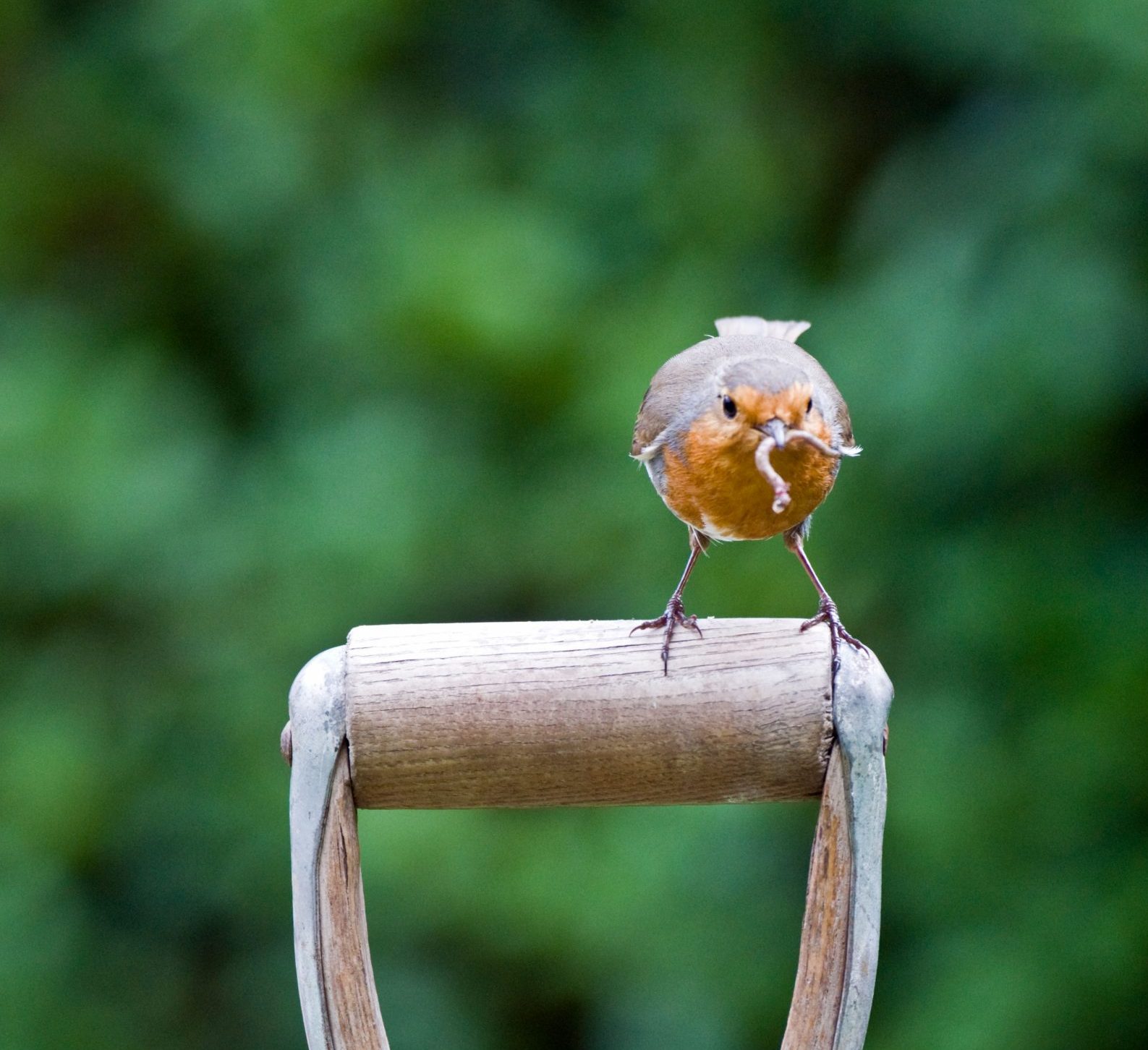
A worm digests half its own bodyweight in a 24-hour period, taking food from the soil itself and from decayed plant material that it has dragged into its tunnel using a sensitive fleshy lobe, the prostomium, located above the mouth. Analysis of the soil layer influenced by worm secretions and castings, known as the drilosphere, has identified a richness in nitrogen, phosphorus and organic matter that encourages microbial communities and macroaggregate formation. Furthermore, worm movement to and from the surface by means of short stiff bristles, called setae, constitutes a pumping action that helps to aerate the soil. Rainwater and plant roots follow worm tunnels to depths they would otherwise not reach, at once draining and stabilising.
The value of worms is inestimable. Aristotle dubbed them ‘the intestines of the earth’. Without the silent labours of the army beneath our feet, the soil would be almost sterile. To call anyone a worm is unthinkingly disrespectful to worms.
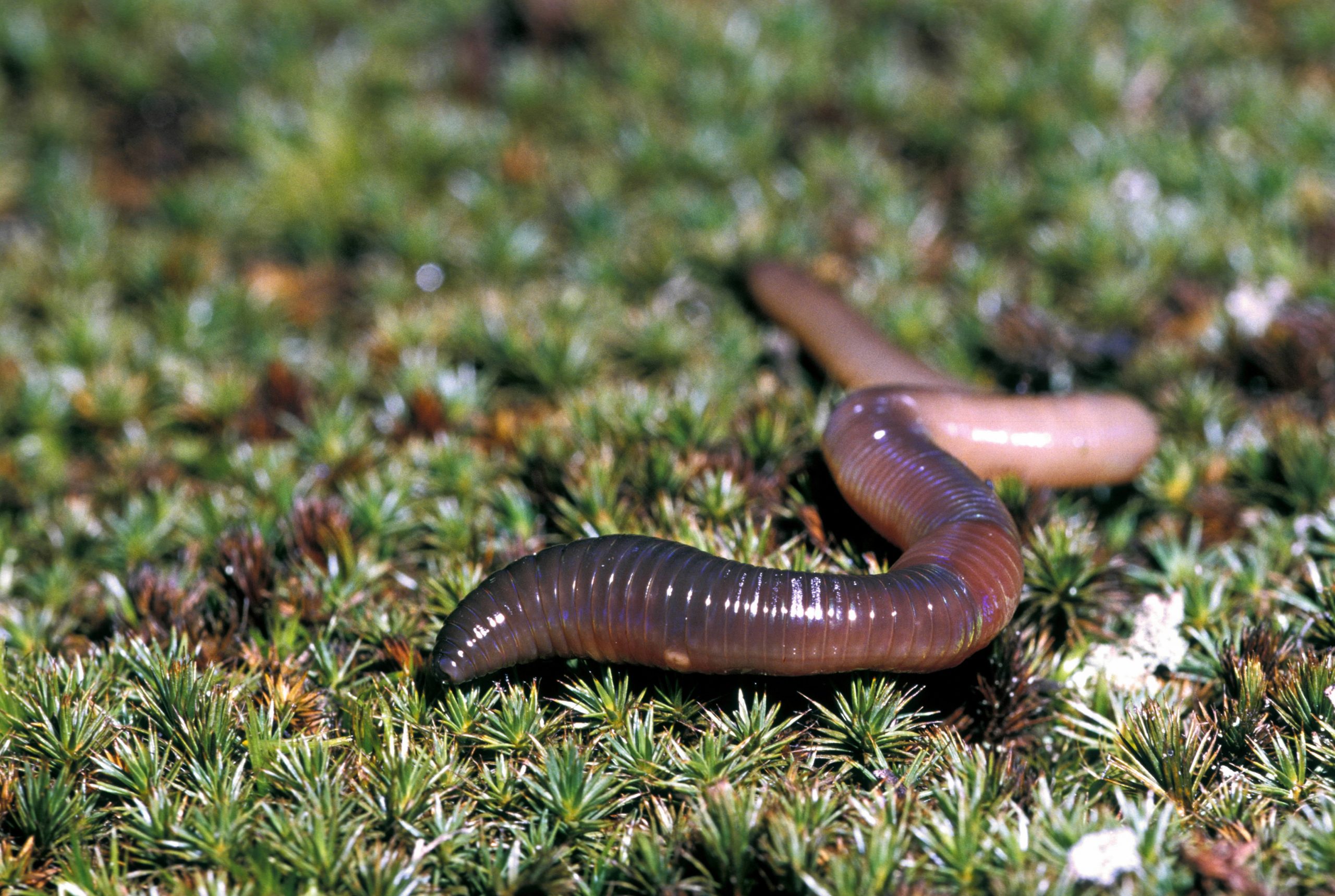
Worldwide, some 6,000 species have been catalogued. The longest ever measured was a 22ft individual found in South Africa, although the Giant Gippsland worm – confined to a small area at Korumbarra in Australia and judged to be vulnerable – can reach nearly 10ft. Britain has 27 species of earthworm, which divide into three types: the small red surface-dwelling epigeic that inhabits litter and leaf mould; the most common topsoil endogeic, which lives in shallow tunnels; and the deep-borrowing anecic, up to a foot long, which makes permanent vertical tunnels.
The average suburban garden is likely to contain seven or eight species. They are eaten by a range of predators – mole activity, although vexing, is an indicator of a healthy local population (Country Life, May 29, 2019) – and they are vulnerable to extreme conditions: they breathe through their skin, risk suffocation in extremely dry weather and drown in floods.
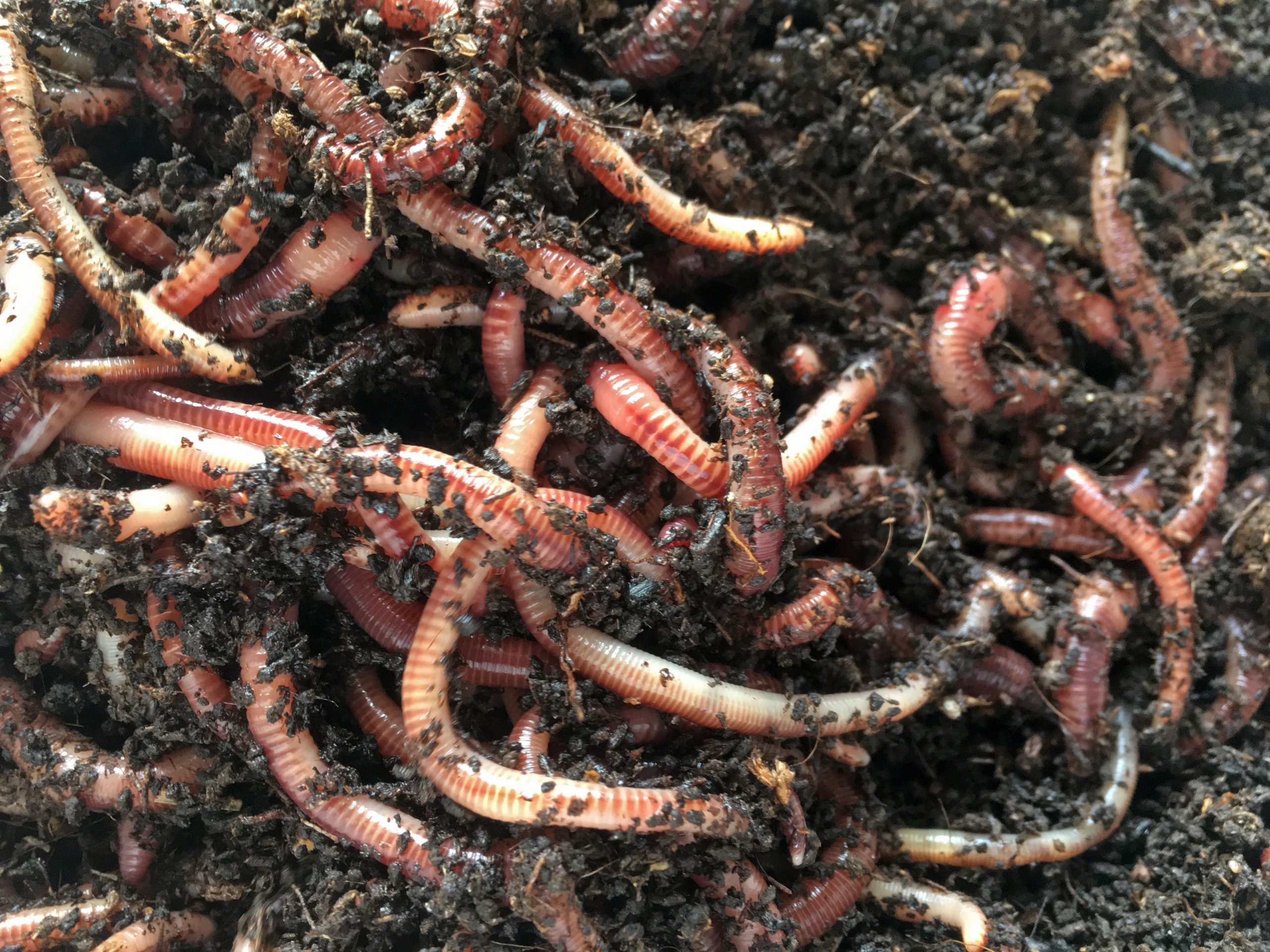
In Pagan tradition, worms were associated with growth, fertility and the lifecycle. They are hermaphroditic, but, although they have both male and female organs, they need to copulate. Most evident is the habit of the large deep-burrow worm, which emerges at night to lie on the surface alongside a mate. The worms have a swollen band towards the head end, the clitella, and a mating pair line up these bands to exchange fluids. Each produces an egg capsule from which the young are born.
It is a fallacy that if a worm is cut in half both ends survive, although the head end – which contains five, single-chamber aortic arches functioning as hearts – may regrow the missing half, a process noted as long ago as 1758 by Linnaeus.
This scrap of knowledge may have lain behind one of William Blake’s Proverbs of Hell of 1790: ‘The cut worm forgives the plow.’ As Darwin would wisely observe, worm and plough have much in common.
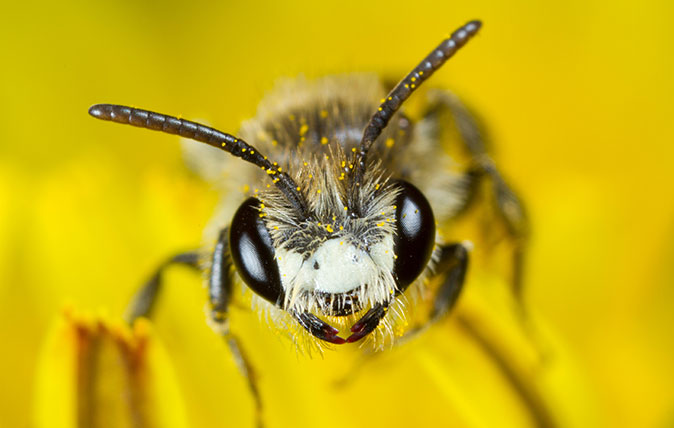
Credit: Alamy
Curious Questions: Are bees really busy?
We've all used the phrase 'busy as a bee' – but is it justified? Or are bees just as liable

Credit: Getty
Curious Questions: Can horses really heal humans?
The claims made for how horses help humans get over all manner of trauma stretch back to ancient times. Pippa
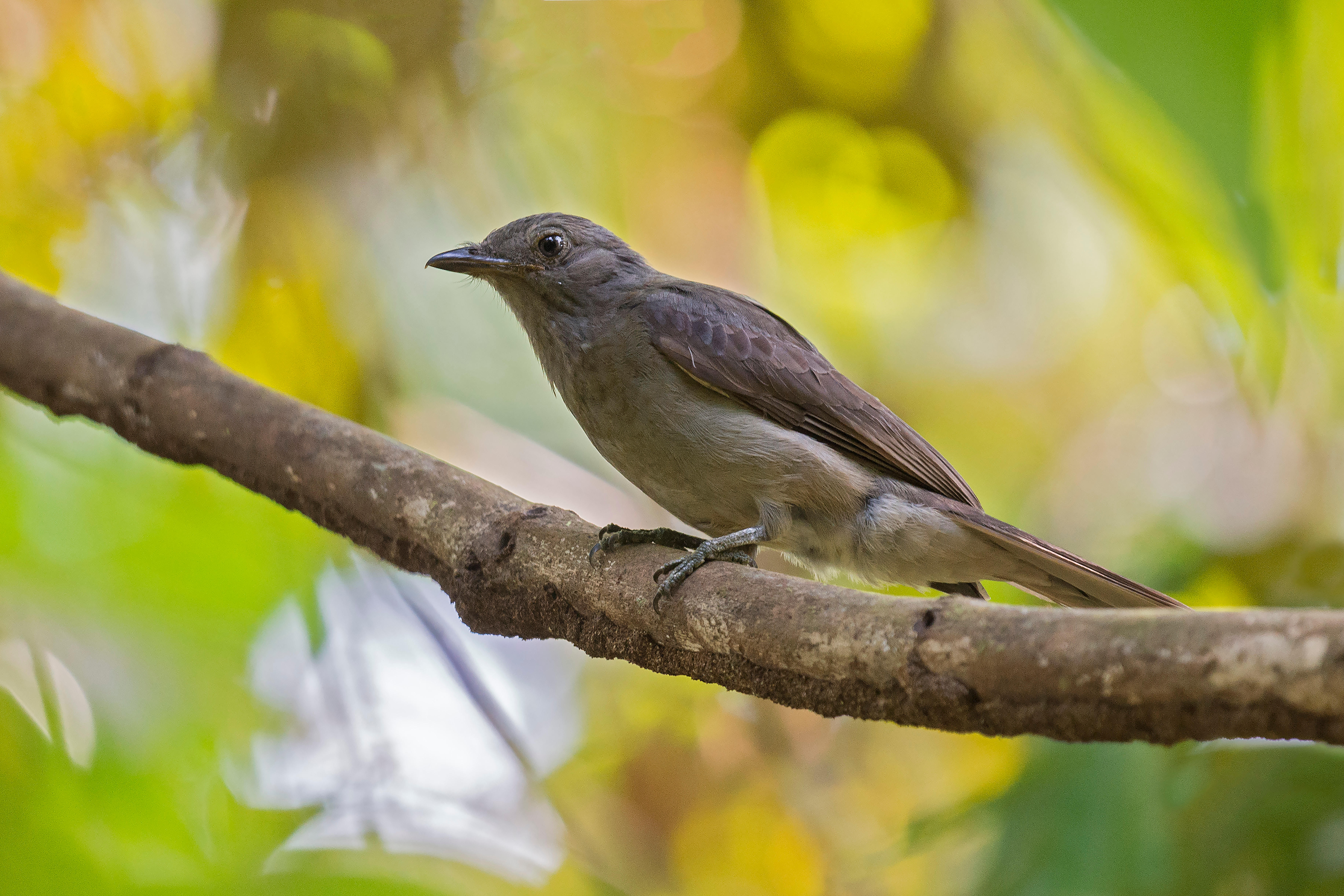
Curious Questions: Which bird's song is loudest?
We tend to think of bird song as endearing and delicate — but there are birds out there who would put

Curious Questions: Who invented the gin and tonic?
Gin and tonic is arguably the greatest cocktail ever created — but who first mixed these two seemingly unlikely ingredients together?
After some decades in hard news and motoring from a Wensleydale weekly to Fleet Street and sundry magazines and a bit of BBC, Ian Morton directed his full attention to the countryside where his origin and main interests always lay, including a Suffolk hobby farm. A lifelong game shot, wildfowler and stalker, he has contributed to Shooting Times, The Field and especially to Country Life, writing about a range of subjects.
